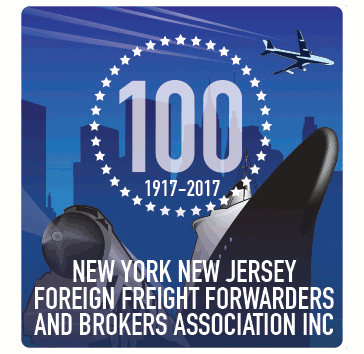On September 11, 2001, our country’s security awareness was heightened as a result of the terrorist attacks. The United States and other countries initiated new security measures designed to reduce the potential for terrorism. These new security measures impact every business involved in international trade along with every step in the supply chain. As part of the Department of Homeland Security, U.S. Customs and Border Protection (CBP) formally launched the Customs Trade Partnership Against Terrorism (CTPAT) program on April 16, 2002.
More than 11,400 companies have become CTPAT certified (52% in value of what is imported into the U.S.) in a voluntary effort to protect supply chains from terrorists who could use one of the 9 million cargo containers that arrive in the United States each year to smuggle personnel, guns and weapons of mass destruction. More than 16,000 companies have been validated. Following is a breakdown of the categories of CTPAT members:
- U.S. Importers-4,230,
- U.S. Exporters-481,
- U.S. Customs Brokers-872,
- Consolidators/3PL’s-986,
- Carriers (Airline, Sea Carriers, Cross Border Trucking Companies) 3,168
- Canadian & Mexican Manufactureres-1,526
- Marine Port Terminal Operators-67
The CTPAT program is a voluntary initiative between CBP and private business to build relationships that strengthen international supply chains and improve U.S. border security. A business supply chain partner is the person or entity which has access to your cargo and related documents from the point of origin/stuffing/containerization through arrival at its U.S. destination. The entities in the chain include the manufacturer, trucking company to the sea/airport, consolidation stations, carrier (air, sea, rail, truck across the border), broker, drayage company in the U.S., third party warehouses, container freight stations (CFS), customs exam site (CES), distribution center, or (direct to) the customer. The supply chain begins with the foreign shipper and ends with the importer or consignee regardless of whether you are responsible for contracting the supply chain provider.
CTPAT members must abide by various security practices, such as conducting due diligence background check on any potential import SCBP, and comprehensive background checks on employment candidates.
Your focus is how will my company benefit by joining the CTPAT program? When cargo is imported, CBP assigns an undisclosed risk value to your shipment. This comes from the data provided by carriers and importers in compliance with the 24-hour rule and the 10+2 rule, which data is inputted into CBP’s Automated Target System (ATS). This is an enforcement and decision support system that compares cargo and conveyance information against intelligence and other law enforcement data. ATS consolidates data from various sources to create a single, comprehensive record for each U.S.-bound shipment. ATS assesses and generates risk scores for every cargo shipment as the shipment moves throughout the global supply chain as new data is provided. CBP’s CTPAT program, or “trusted shippers,” is more likely to be classified as low risk. What is a low risk country today may be a high risk country tomorrow. When a CTPAT member imports cargo, CBP deducts points from the risk value. This results in the imported cargo being placed in a preferred category, which may result in minimal to no inspections and audits. Even if the cargo is inspected, the process is faster if the cargo belongs to a CTPAT member. All of this translates into reduced inspection fees, customs fees and cargo fees. Most importantly, the cargo arrives on time.
